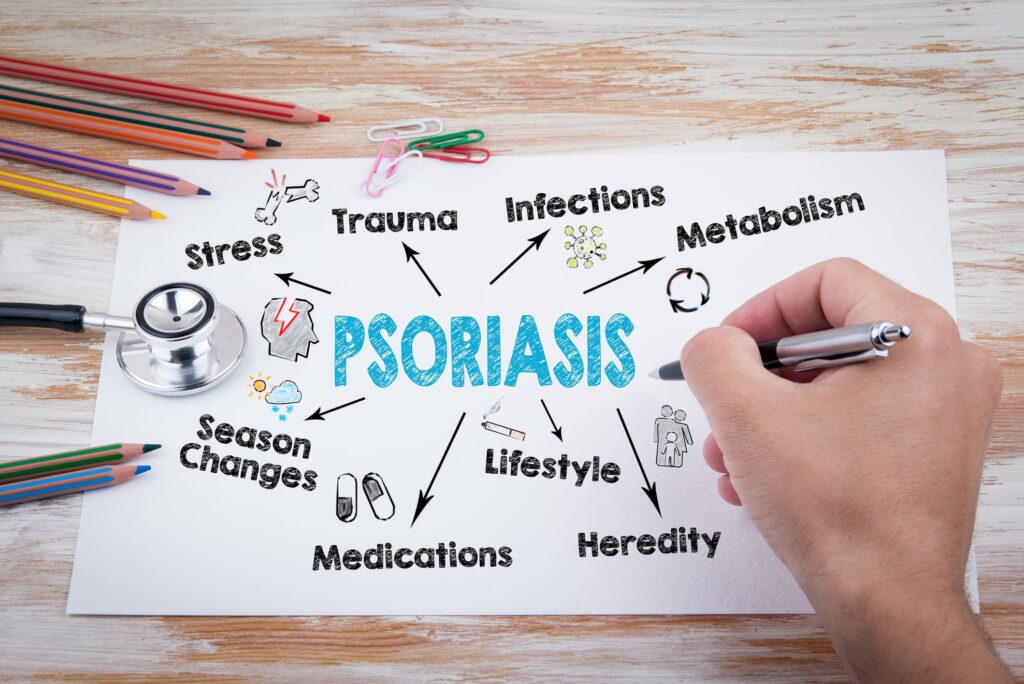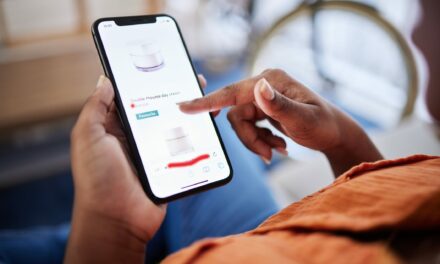Dermatologists can improve patient care by using visual aids, simplifying language, and encouraging open dialogue.
Effective communication between dermatologists and patients is essential for successful treatment outcomes. It ensures patients understand their conditions, follow treatment plans, and feel supported throughout their healthcare journey.
This article explores the best practices and techniques dermatologists can use to enhance communication with their patients.
The Role of Communication in Dermatology
Clear and empathetic communication helps in:
- Building Trust: Establishing a rapport with patients leads to increased trust and openness.
- Enhancing Compliance: Patients are more likely to follow treatment plans when they understand their importance and how to implement them.
- Reducing Anxiety: Providing clear information helps alleviate patients’ fears and uncertainties about their conditions and treatments.
Techniques for Effective Communication

1. Using Visual Aids Visual aids, such as diagrams, photographs, and digital images, can significantly enhance patients’ understanding of their conditions and treatments.
- Skin Condition Charts: Visual representations of various skin conditions can help patients identify and understand their own conditions.
- Treatment Progress Photos: Showing before-and-after photos of treatment progress can motivate patients and demonstrate the effectiveness of prescribed therapies.
2. Simplifying Medical Jargon Medical terminology can be confusing and intimidating for patients. Dermatologists should strive to:
- Use Layman’s Terms: Explain conditions and treatments in simple, everyday language.
- Avoid Acronyms: Spell out acronyms and explain their meanings to ensure patients fully understand.
3. Interactive Tools Engaging patients through interactive tools can improve their understanding and retention of information.
- Digital Apps: Apps that provide information about skin conditions and treatments, track symptoms, and remind patients of their medication schedules.
- Interactive Websites: Websites offering videos, quizzes, and forums where patients can learn more about their conditions and ask questions.
4. Encouraging Questions Promoting an open dialogue where patients feel comfortable asking questions is crucial.
- Patient-Centered Consultations: Allocate time for patients to ask questions and express concerns.
- Follow-Up Communication: Offer opportunities for patients to ask questions outside of appointments, such as through email or a patient portal.
5. Empathy and Active Listening Showing empathy and actively listening to patients can make them feel valued and understood.
- Empathetic Responses: Acknowledge patients’ feelings and experiences.
- Active Listening: Demonstrate that you are fully engaged in the conversation by nodding, making eye contact, and summarizing what the patient has said to ensure understanding.
Implementing Communication Training
Dermatologists can benefit from formal training in communication skills to enhance their interactions with patients.
- Workshops and Seminars: Attend workshops and seminars focused on doctor-patient communication.
- Role-Playing Scenarios: Practice communication techniques through role-playing scenarios with colleagues or trainers.
Effective communication is a cornerstone of successful dermatological care. By using visual aids, simplifying medical jargon, employing interactive tools, encouraging questions, and demonstrating empathy and active listening, dermatologists can improve patient understanding, compliance, and satisfaction. Continuous training in communication skills can further enhance these efforts, leading to better patient outcomes.
References
- Ha, J. F., & Longnecker, N. (2010). Doctor-patient communication: A review. Ochsner Journal, 10(1), 38-43.
- Street, R. L., Gordon, H. S., Ward, M. M., Krupat, E., & Kravitz, R. L. (2005). Patient participation in medical consultations: why some patients are more involved than others. Medical Care, 43(10), 960-969.
- Makoul, G., & Clayman, M. L. (2006). An integrative model of shared decision making in medical encounters. Patient Education and Counseling, 60(3), 301-312.
- Silverman, J., Kurtz, S., & Draper, J. (2016). Skills for Communicating with Patients. CRC Press.
Photo 217819209 © Fizkes | Dreamstime.com



